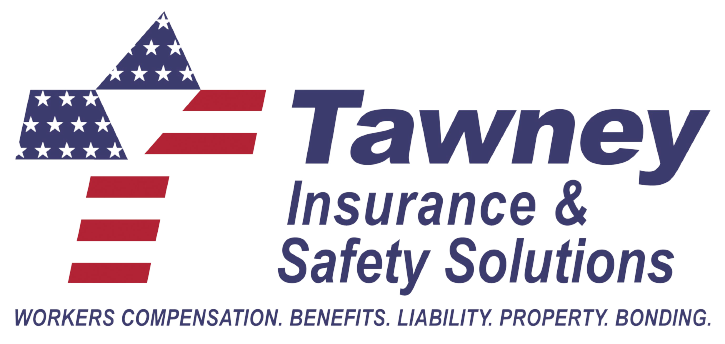Mobile Tie-Off Systems: A Guide to Roof Safety Equipment
Working at heights requires reliable fall protection systems that keep workers safe without causing damage to structures. Mobile tie-off anchor point carts offer an excellent solution for rooftop work environments by eliminating the need for permanent installations that penetrate roofing materials.
These specialized pieces of equipment provide:
Zero structural damage to newly installed roofs
Portability for changing work locations
Versatile applications across various roofing projects
Compliance with OSHA fall protection standards
However, like all personal protective equipment (PPE), effectiveness depends entirely on proper usage and training.
Important Aspects of Mobile Anchor Point Systems
Understanding Your Work Zone
When using mobile tie-off carts, it's essential to recognize their operational limitations:
The work zone extends only 45 degrees from the center of the anchor point
Users must reposition the cart when moving to new work areas
Proper placement prevents dangerous pendulum effects during falls
"We commonly see issues with workers not taking advantage of the wheels and not moving the cart around," notes our safety team. "This ensures they won't swing or experience a pendulum effect into the ground during a fall event."
Rescue Capabilities
Complete mobile anchor systems include critical rescue components:
Retrieval winch systems for emergency situations
Extension tools to reach and connect to a fallen worker's D-ring
Proper training in rescue procedures
Remember: Workers suspended in harnesses after a fall must be rescued within 15 minutes to avoid serious complications from suspension trauma.
Mobile Options vs. Fixed Anchors
When selecting fall protection for rooftop work, you have several options:
Mobile Solutions:
Anchor point carts
Parapet wall clamps (non-destructive)
Weighted systems
Fixed Solutions:
Butterfly anchors (require penetrations)
Permanent roof anchors
Structural tie-offs
Each system has specific applications, but non-destructive options like parapet wall anchors deserve consideration because "they're reusable and don't require putting holes in the roof."
Training Matters: Real-World Success
Proper equipment alone isn't enough. Comprehensive training makes the difference in workplace safety programs.
Our recent training with Tri County Electric demonstrates the value of engaging education:
55 employees trained
12 total hours of instruction
Combined classroom learning with hands-on stations
Full OSHA and ISNet compliance achieved
Best Practices for Mobile Tie-Off Systems
For optimal safety when using mobile anchor point carts:
Inspect equipment before each use
Verify weight ratings match worker and tool requirements
Reposition regularly to maintain proper work zone angles
Test retrieval systems during regular drills
Document training for all users
Develop clear rescue plans with assigned responsibilities
Need Expert Safety Guidance?
At Tawney Insurance & Safety Solutions, we provide comprehensive commercial insurance coverage alongside specialized safety programs tailored to your business needs.
Contact us today to learn how our holistic approach can help your business stay safe and compliant.
